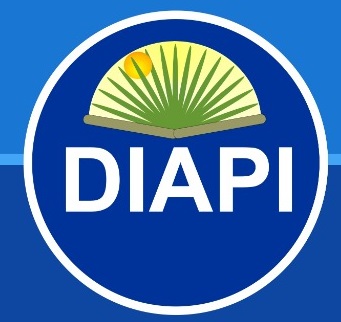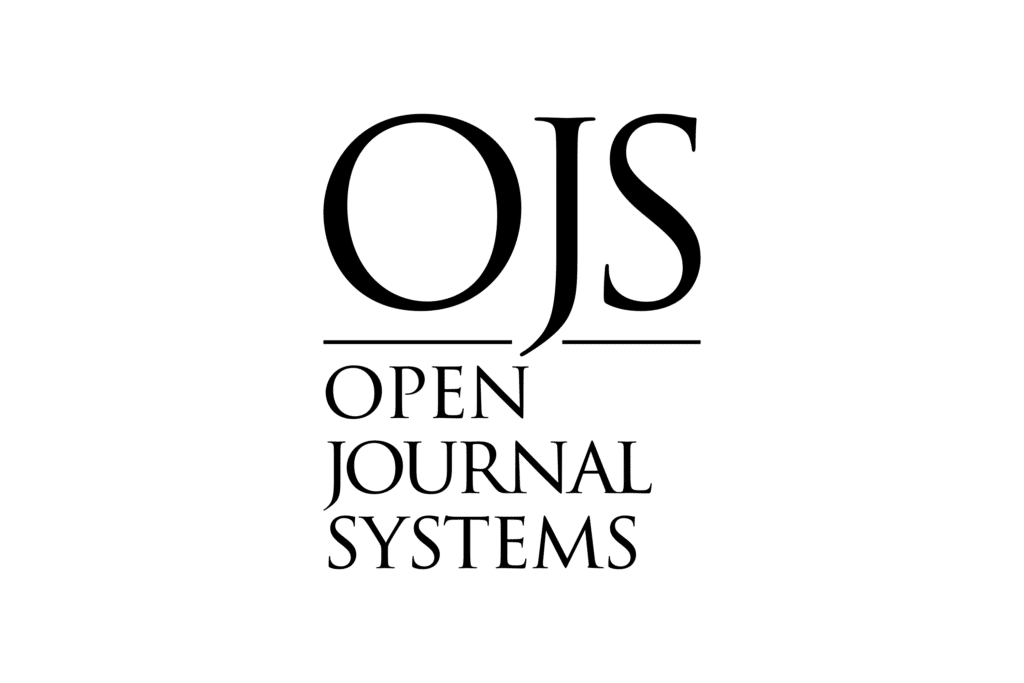DYNAMIC EVALUATION OF THE REPRESENTATIONS OF THE HERITAGE TEACHING OF THE POSTGRADUATE STUDENTS
DOI:
https://doi.org/10.52579/diapi.vol2.i.a12025Keywords:
Dynamic evaluation, Teaching of the heritage, The postgraduate students' representationsAbstract
At the present time in the educational institutions, the heritage education from the first childhood their introduction is affected in the curriculum, among other you reason, due to the representations that possess the educational ones on the teaching of the heritage. Before this situation, she decided to take advantage of the course of postgraduate Heritage and university to apply the dynamic evaluation to the potential of the graduate degree students' learning for the transformations of the representations on the teaching of the heritage in the educational institutions (objective of the investigation). For the study of the representations, the selected method was the survey; two were used, that of Estepa, Ávila and Ruiz which is constituted by the Questionnaire about the teaching-diffusion of the patrimony and an adaptation of this for the Cuban context. Methodological procedures were also created that contributed to the self-evaluation of the students. They participated in this investigation like study group, the students of two editions of the Master in Work Sociocultural University student of the course before mentioned. The fundamental results were: the effectiveness from the dynamic evaluation to the being accompanied by self-evaluation processes that understood the self-analysis, the confrontations of knowledge and the discussions of the individual and group results.
Downloads
References
Araya, S. (2002). Las representaciones sociales: Ejes teóricos para su discusión. Cuaderno de Ciencias Sociales 127. San José: Facultad Latinoamericana de Ciencias Sociales (FLACSO).
Aroche, A. (2018). Prueba pedagógica de intereses lúdicos para la infancia preescolar. Primera adaptación. Mayabeque: Departamento de Educación Infantil. Facultad de Ciecias Pedagógicas. Universidad Agraria de La Habana.
Ayes, G. N. (2017). La Habana maravilla patrimonial. La Habana: Científico-Técnica.
Cuba. Universidad Agraria de La Habana. (2017). Maestría en Trabajo Sociocultural Universitario. Mayabeque: Facultad de Ciencias Pedagógicas.
Estepa, J., Ávila, R., & Ruiz, R. (2007). Concepciones sobre la enseñanza y difusión del patrimonio en las instituciones educativas y los centros de interpretación. Estudio descriptivo. Enseñanza de las Ciencias Sociales, 6, 75-94.
Moscovici, S. (1979). El psicoanálisis, su imagen y su público. Buenos Aires: Huemul S. A.
Pupo, N., Aroche, A., y Núñez, H. (2020). Representaciones de los docentes de instituciones educativas respecto al patrimonio y su educación. VIII Simposio Internacional de Educación y Pedagogía. La Habana, Cuba: Redipe / Red Sentipensantes.
Pupo, N., Aroche, A., y Valle, B. (2019). La educación patrimonial desde el patrimonio de la cotidianeidad en la Primera Infancia. En Varios Autores, Investigación: Educación y Pedagogía 2019. Educación en la diversidad (Primera parte). New York - Cali: REDIPE (95857440).
Sternberg, R. J., y Grigorenko, E. L. (2003). Evaluación Dinámica. Naturaleza y Mediación del potencial de aprendizaje. Barcelona: Paidós.
Vallejo, L. M. (2016). Gestión del talento humano. Riobamba: Escuela Superior Politécnica de Chimborazo y ESPOCH.
Vygotski, L. S. (2006). Interacción entre aprendizaje y desarrollo. En A. L. Segarte, G. Martínez, y M. E. Rodríguez, Psicología del Desarrollo del escolar. Selección de Lecturas. Tomo 1 (p. 45-59). La Habana: Félix Varela.
Downloads
Published
How to Cite
Issue
Section
License
Direitos Autorais
A submissão de originais para a Diálogos e Perspectivas Interventivas (DIAPI) implica na transferência, pelas(os) autoras(es), dos direitos de publicação. Os direitos autorais para os manuscritos publicados nesta revista são das(os) autoras(es), com direitos da DIAPI sobre a primeira publicação. As(os) autoras(es) somente poderão utilizar os mesmos resultados em outras publicações indicando explicitamente a DIAPI como o meio da publicação original.
Licença Creative Commons
Exceto onde especificado diferentemente, aplicam-se à matéria publicada nesta revista científica os termos da licença Creative Commons Attribution-ShareAlike 4.0 International License, que permite o uso irrestrito, a distribuição e a reprodução em qualquer meio desde que a publicação original seja corretamente citada.













 Esta obra está licenciada com uma Licença
Esta obra está licenciada com uma Licença 